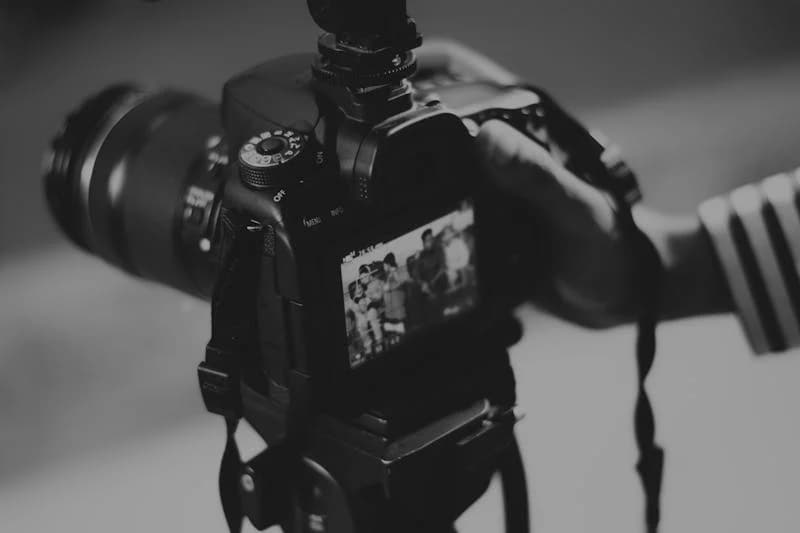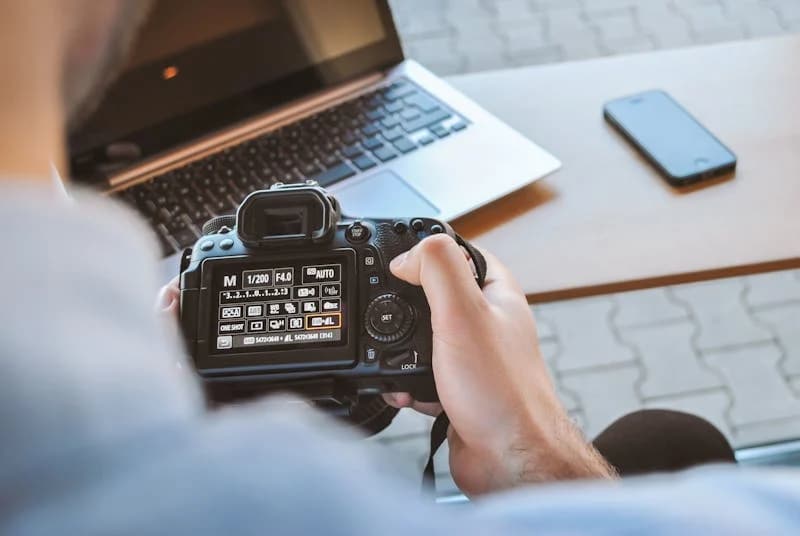708-542-7343

9 Mistakes of a Beginner Photographer
Every new photographer makes mistakes, but it’s the habits formed from these mistakes that can slow down their progress and lower the quality of their photos. Just as players rely on secure online casinos for a fair and safe gaming experience, new photographers must learn to avoid developing bad habits that could reduce the quality of their work. Here are 9 bad habits that beginners should try to break.
Fear of Feedback
Being scared of feedback is understandable. But constructive criticism offers you new perspectives and ways to improve your work. Join photography groups, take part in critiques, and welcome feedback. Consider feedback as the way to becoming a better photographer.
Auto Modes
Many beginners start their photography journey using their camera’s auto modes. Sure, these modes can help understand basic photography principles, but over-reliance on them can stunt your growth. Auto modes limit your control over exposure, focus, and depth of field. Instead try manual settings to better learn how changes affect your photos.
JPEG
JPEG photos take up much less space on your computer than RAW photos, but still it is better to store RAW images. The RAW format captures information about the light that hits the camera’s sensor. This allows you to adjust the brightness later and reveal details that weren’t visible initially. This flexibility is not available with JPEG format, where the camera sets the exposure and color balance the moment you take the photo. Why let the camera make these decisions when you can enhance your photos yourself using modern, user-friendly software?
Bright Daylight
Some photographers have carried over the habit of seeking bright light from the pre-digital era, when such light was crucial for a good photograph. This habit can also emerge among those who use cameras without a viewfinder, as brighter light can make the image on the LCD screen appear more vibrant in daylight conditions. However, overly bright lighting can wash out parts of the photo, obscure details, create harsh shadows, and diminish the vibrancy of colors. If you’re photographing a person, intense light might make them even close their eyes.Instead, try shooting on cloudy days or during the softer light of early morning or late evening.
Object in the Center
This is probably the worst newbie habit that is hard to break. Yes, sometimes it is necessary to place objects in the center of a photo, though this need arises less often than you might think. Just follow the rule of thirds, and everything will be fine. With experience, you will learn how to take great photos without relying on standard composition rules, but this requires experimentation.

Identical Pictures of Popular Objects
Many photos look similar. They are high-quality, beautiful, and perfectly composed, yet they may lack originality. However, every subject can be captured in unique ways; even the most clichéd themes can be presented freshly. Therefore, seek out creative solutions. For example, if everyone is photographing a beautiful church during the day, try capturing it at night, from a new angle, or in unusual weather conditions.
Hold the Camera Only in Your Hands
Despite the wonders of stabilization found in almost every modern camera, this feature has its limits. You won’t be able to prevent your camera from shaking excessively, and stabilization may not be effective at fast shutter speeds or with long exposures.Therefore, a tripod is advisable. A tripod can significantly enhance the clarity of your photos and provide more flexibility for various shooting scenarios.
Pictures at Eye Level
Taking photos exclusively at eye level is a bad habit that can render your images as mediocre snapshots. This perspective is how we typically see the world, and photos taken from this viewpoint often show us nothing new. By squatting or kneeling to take a photo, you can introduce a fresh perspective. Additionally, consider capturing images from other unique vantage points, such as from a balcony, the top of a staircase, or a second-floor window.
Editing
Some beginners assume that great photographers get everything right in-camera and that editing is somehow cheating. This misconception can prevent them from exploring the vast possibilities of post-processing. Editing is an integral part of photography that can enhance your photos, correct errors, and bring your creative vision to life. Learn basic editing tools and techniques, and you will see how much your photo changes.